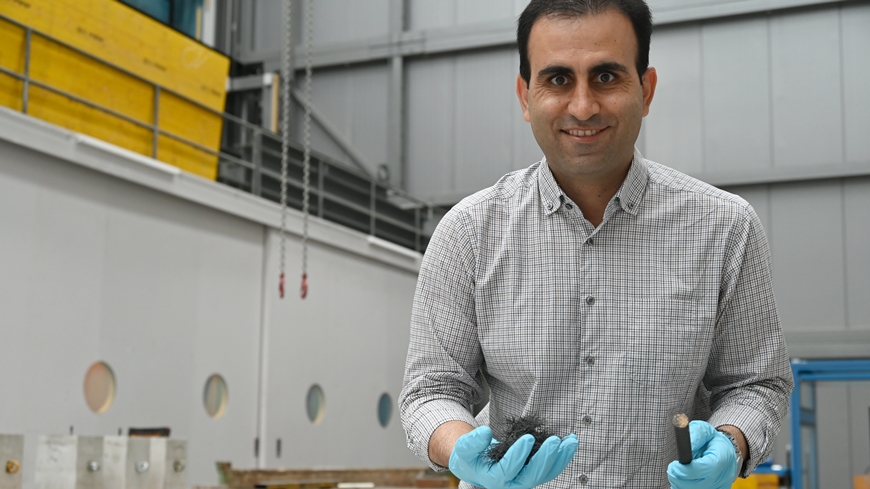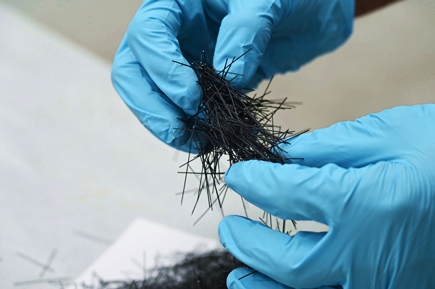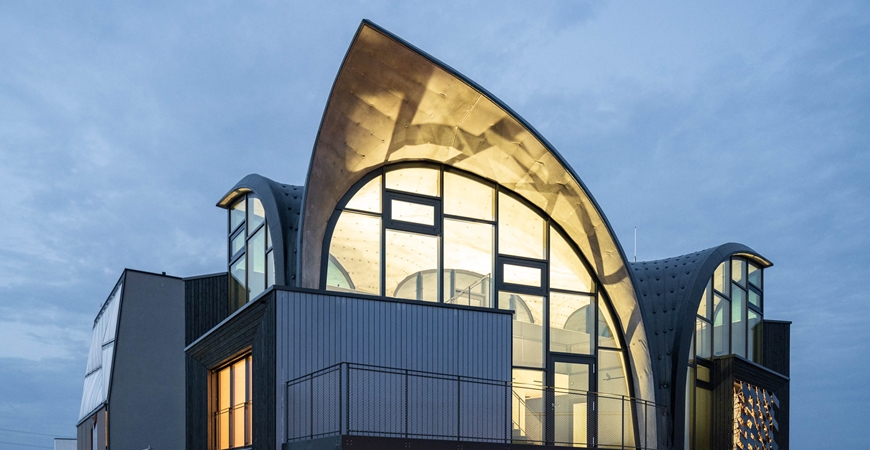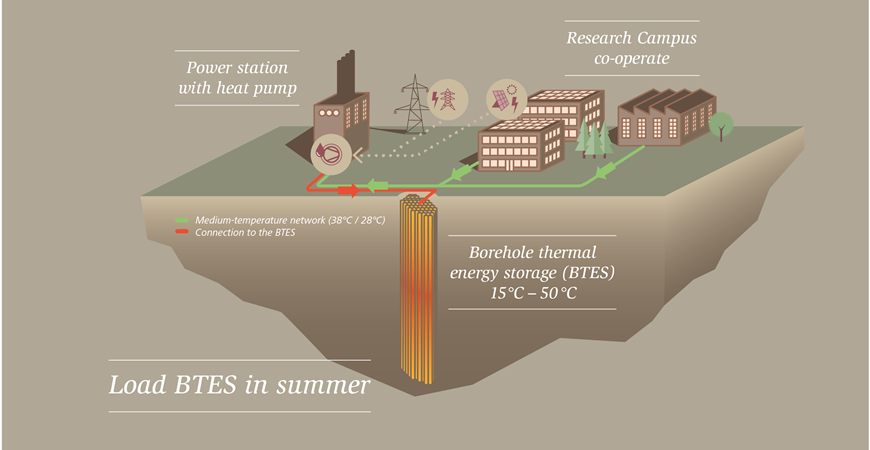Empa Zukunftsfonds
Building materials to protect the climate
Scientists are visionaries. Sometimes their ideas go much further than an industrial partner is willing to go. The Empa Zukunftsfonds aims at supporting such visionary projects, where, despite high risks – or precisely because of them –, breakthrough successes are to be expected. The latest example is a research project on prestressed high-performance concrete, which can now be started thanks to funding from the Ernst Göhner Foundation.

The production of concrete contributes around nine percent of global CO2 emissions. If we want to combat climate change, we therefore need new types of concrete that last longer, produce fewer greenhouse gases and are so stable that it is possible to build slimmer – i.e. more material-efficient – structures. Empa researchers came up with an idea: Could a self-prestressing concrete be the solution?
Researchers are already experimenting with reinforced concrete elements that are prestressed by heat rather than hydraulically. Moslem Shahverdi from Empa's Structural Engineering lab would like to go one step further: Small pieces of wire, just two to three centimeters long, are distributed in the concrete. If these wires, which are made of a special alloy known as shape memory alloys (SMA), are heated, they contract. This could produce concrete that prestresses itself in all spatial directions at the push of a button, as it were. And the material would be much stronger and more durable than conventional reinforced concrete we have been using for 140 years.
Researchers from two other Empa labs are supporting Shahverdi: Experts from the Concrete and Asphalt lab are developing concrete mixtures with a lower carbon footprint. And colleagues from the Mechanical Systems Engineering lab, who specialize in calculating the strength of small and large building components, can suggest particularly promising experimental setups to Shahverdi using so-called finite element simulations. This significantly reduces the number of actual experiments and helps researchers reach their goals faster.
The courage to take risks – also on the part of supporters

"It's a classic high-risk, high-gain project," says Masoud Motavalli, who heads the Structural Engineering lab. "The risk of failure is high, but there's also a lot to gain." Motavalli has repeatedly approached funding agencies and industrial partners with this idea since 2008, for a long time without success.
Now the Empa Zukunftsfonds has succeeded in securing funding from the Ernst Göhner Foundation. This means that the ambitious project can finally get off the ground. "We are very happy and grateful that, thanks to this generous and courageous start-up financing from the Ernst Göhner Foundation, we can now set our sights on a major goal: protecting the climate with the help of intelligent building materials of the future," says Gabriele Dobenecker from Empa's fundraising team. Support from foundations, but also private donations to the Empa Zukunftsfonds, would make such visionary projects possible in the first place and are therefore of great importance to Empa.
Gabriele Dobenecker
Empa Zukunftsfonds
Phone +41 58 765 4421
gabriele.dobenecker@empa.ch

Climate friendly building
Insulation from empty bottles
>>>>

The NEST HiLo unit
Concrete construction - the lightweight way
>>>>

Energy
Heat storage in the deep
>>>>






